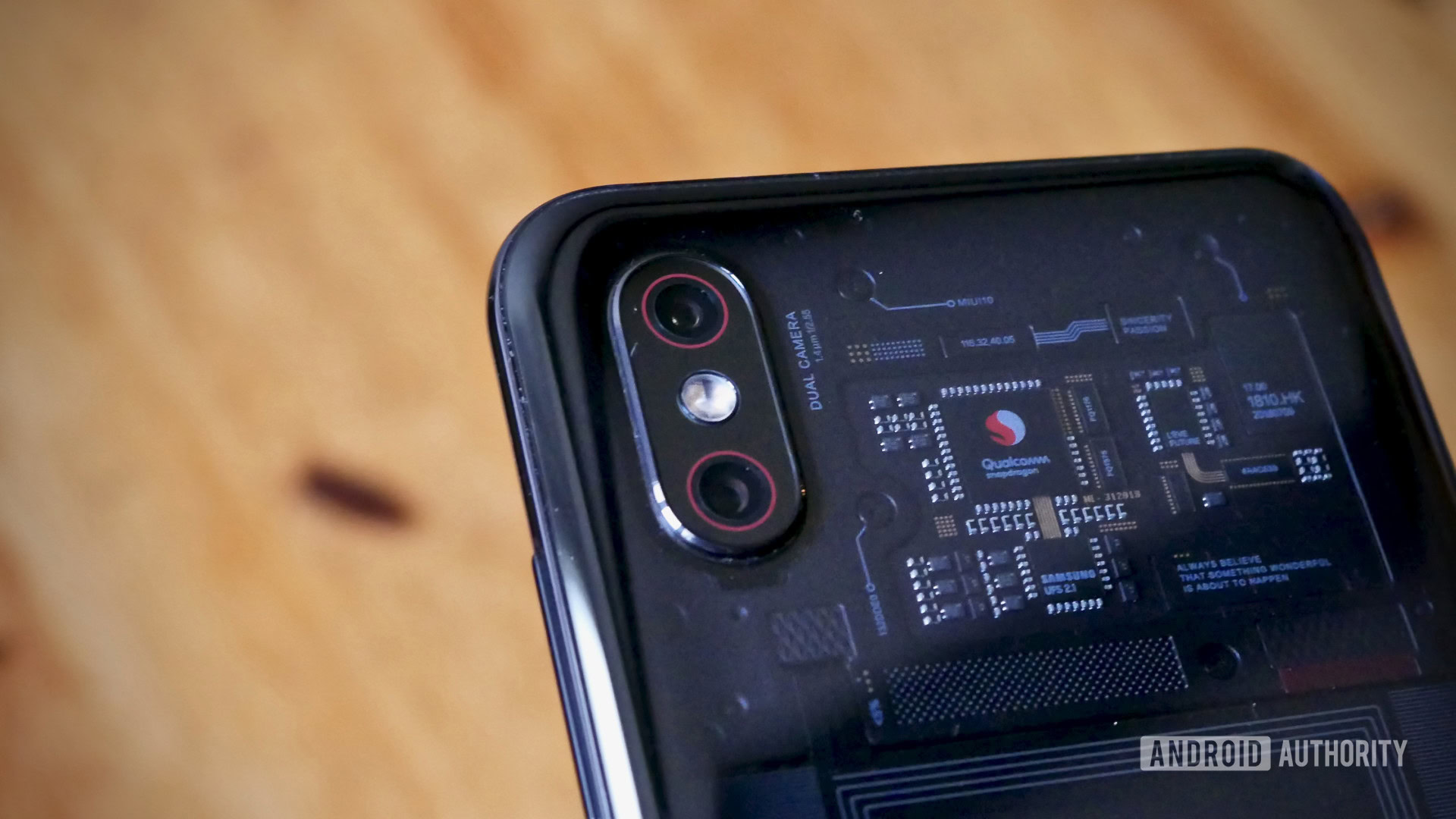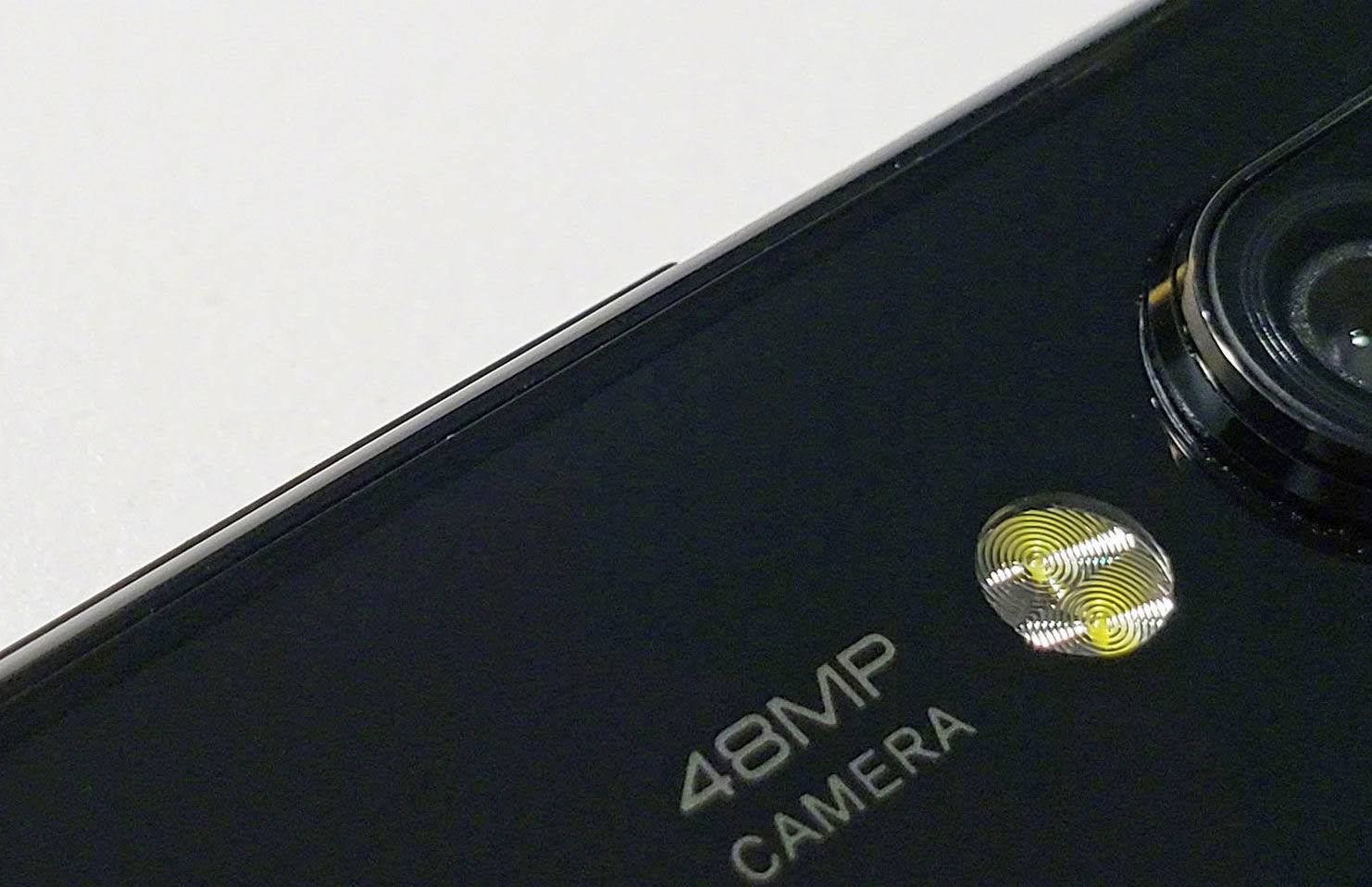Affiliate links on Android Authority may earn us a commission. Learn more.
Xiaomi's next smartphone might feature a 48-megapixel camera

- Xiaomi president Lin Bin teased a 48-megapixel sensor on an unannounced smartphone.
- This could be the first smartphone with a 48MP camera.
- The 48MP sensor could be either the Sony IMX586 or Samsung ISOCELL Bright GM1.
With the HUAWEI P20 Pro and Mate 20 Pro featuring 40-megapixel primary sensors, Xiaomi looks to one-up both smartphones with a 48MP sensor. That is according to Xiaomi president Lin Bin, who took to Chinese microblogging site Weibo to tease the gargantuan sensor and accompanying dual LED flash module.
The picture does not show how many sensors the mysterious phone features. It might be safe to say that the phone features more than one sensor, seeing how an increasing number of Android phones feature at least two rear cameras.

Interestingly, Lin shared that he has used the phone “for a few weeks.” Lin also shared that the phone will launch in January, so perhaps we could see an announcement sometime during CES 2019.
Apart from an exact release date, the other question is what sensor Xiaomi’s phone will feature. There is a possibility the 48MP sensor could be either the Sony IMX586 or Samsung ISOCELL Bright GM1. Sony and Samsung’s newest sensors are only 0.8µm in size, but can also merge four pixels into one to simulate the light sensitivity of 1.6µm pixels.
Because of the high resolution, Sony and Samsung’s sensors can also achieve 4x digital zoom and still get a clean 12MP shot. Sony confirmed that the IMX586 does not support the company’s 960fps super slow-motion feature. However, Sony may have discovered a way to enable super slow-motion without the need for fast DRAM in the sensor.
Xiaomi looks intent on restarting the megapixel race we saw almost a decade ago. We can only hope that companies care just as much about image quality than they do numbers this time around.